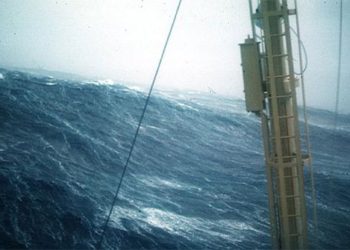Humpback whales in Southeast Alaska are effectively using bubble nets to hunt for prey, a behavior that researchers have documented in efforts to enhance conservation.
A recent study published in the journal Royal Society Open Science has drawn surprising conclusions about the capabilities of humpback whales in tool-making and usage. This research not only confirms previous knowledge about humpback whales creating “bubble nets” for hunting but also demonstrates their ability to manipulate this tool in various ways to optimize foraging in Alaskan feeding grounds.
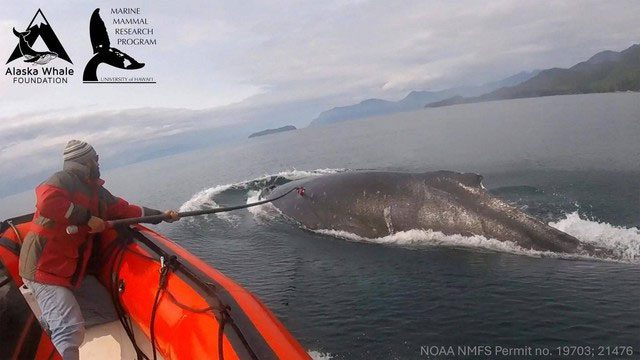
This groundbreaking study was conducted by the Hawaii Institute of Marine Biology (HIMB) and the Marine Mammal Research Program (MMRP) of the Alaska Whale Foundation (AWF). The study’s findings illuminate crucial behaviors that help humpback whales survive and provide valuable insights that could enhance targeted conservation efforts.
Professor Lars Bejder, the co-lead author of the study and director of MMRP, stated: “Many animal species use tools to assist in finding food, but very few create or modify these tools themselves. We discovered that humpback whales in Southeast Alaska create complex bubble nets to catch zooplankton, a small shrimp-like creature.”
This technique goes beyond simply blowing bubbles. Humpback whales can adjust specifics such as the number of loops, size, depth of the net, and the distance between bubbles. This enables them to capture prey up to seven times more efficiently in a single dive without expending additional energy. This is clear evidence that humpback whales are among the few animal species capable of creating and using their own hunting tools.
Survival Skills Based on Hunting Techniques
Successful hunting plays a crucial role in the survival of humpback whales. The whale population in Southeast Alaska relies on the abundant food sources in this area during the summer and fall to build up energy for the winter when they migrate to Hawaii. This sophisticated hunting technique allows them to maintain the energy levels necessary to undertake the long migration across the Pacific Ocean.
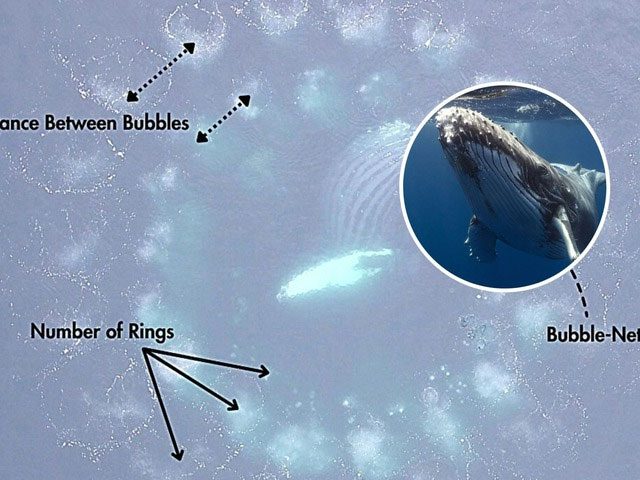
Humpback whales dive deep beneath the water and then blow powerful bursts of air to create large bubbles. They skillfully maneuver these air bubbles into a circular or elliptical shape around the school of fish. Finally, they quickly swim up, tightening their net and engulfing the prey.
Studying marine mammals like whales and dolphins is notoriously challenging. However, with the advancement of modern research tools, tracking and understanding their behavior has become easier. In this study, scientists utilized special tags and drones to observe the movement of the whales both above and below water.
MMRP researcher William Gough noted: “We deployed non-invasive suction cup tags on the whales and used drones to observe the humpback whales using bubble nets in Southeast Alaska.” This process requires high skill and precision to successfully tag the whales and effectively navigate the drones.
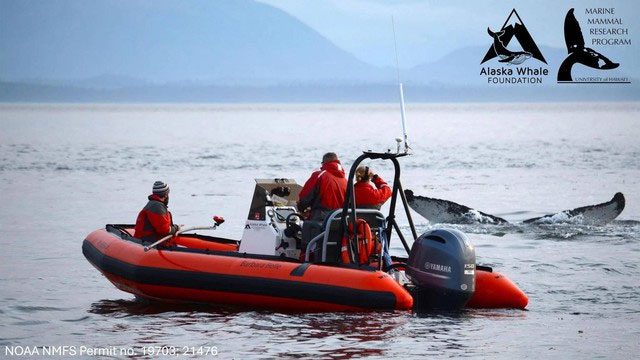
The discovery of the tool-using capabilities of humpback whales opens a new chapter in the study of animal behavior. It shows that the intelligence and adaptability of animals are much greater than we previously thought.
Globally, marine mammals like whales face a myriad of threats from habitat degradation, climate change, overfishing, chemical pollution, and noise pollution. Of the 92 known whale species, up to 25% are at risk of extinction. Therefore, understanding hunting behaviors, which play a vital role in the survival of whales, can help conservationists design more effective protection strategies.
“The foraging behavior of humpback whales is entirely unique and fascinating,” Gough remarked. “Witnessing these animals display complex behaviors in their natural environment is an incredible experience. When they disappear from sight, the data collected from research tools is invaluable for further understanding them.”
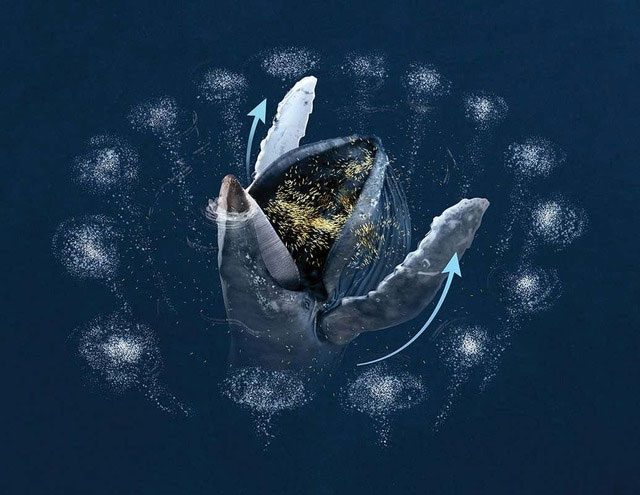
The foraging behavior of humpback whales is entirely unique and fascinating.
With increasingly advanced research tools, we can look forward to more exciting discoveries about whale behavior in the future. Professor Bejder shared: “The data collected from this study is rich, allowing us to delve deeper into the physics and energy of bubble nets.”He also hopes that studying other foraging behaviors of humpback whales, such as cooperative bubble net feeding, surface and deep feeding, will yield further important insights.
Dr. Andy Szabo, Executive Director and co-head of research at AWF, concluded: “Humpback whales have demonstrated flexibility and creativity in using sophisticated tools to gather prey. As the oceans continue to change, I hope that this ingenuity will help these whales adapt and survive.”








































